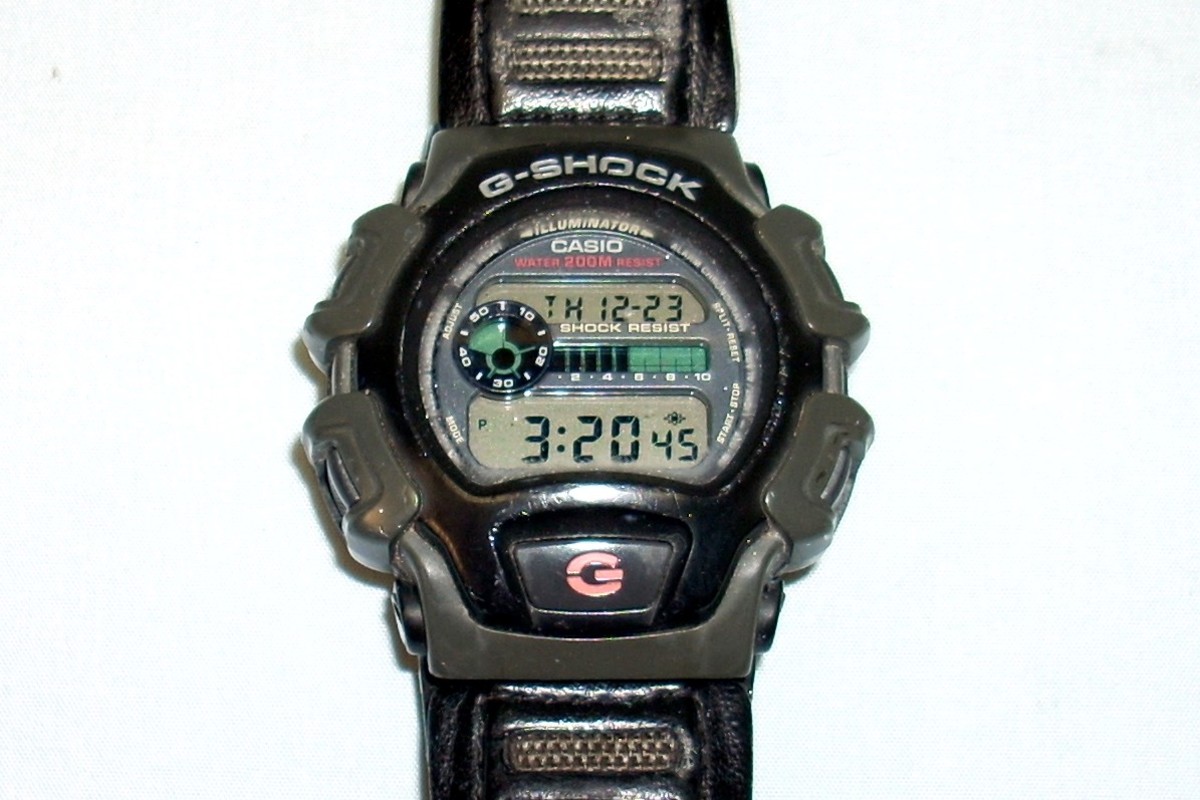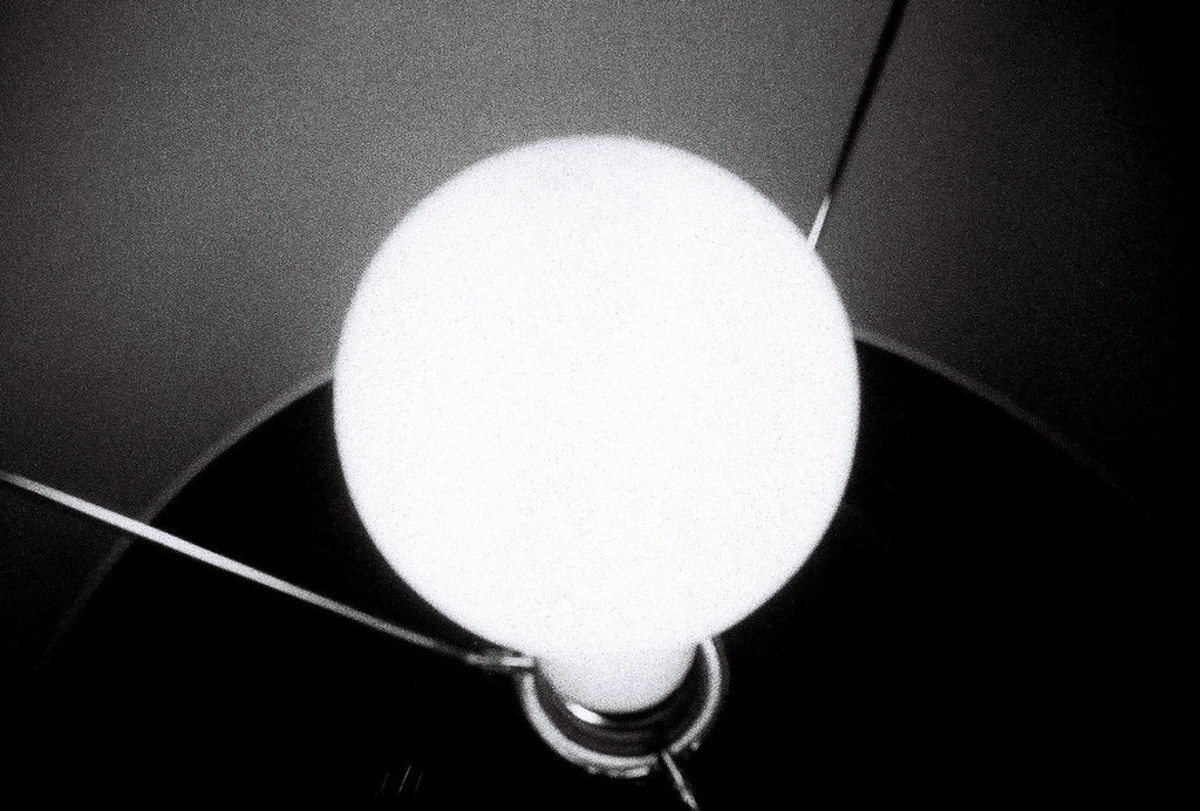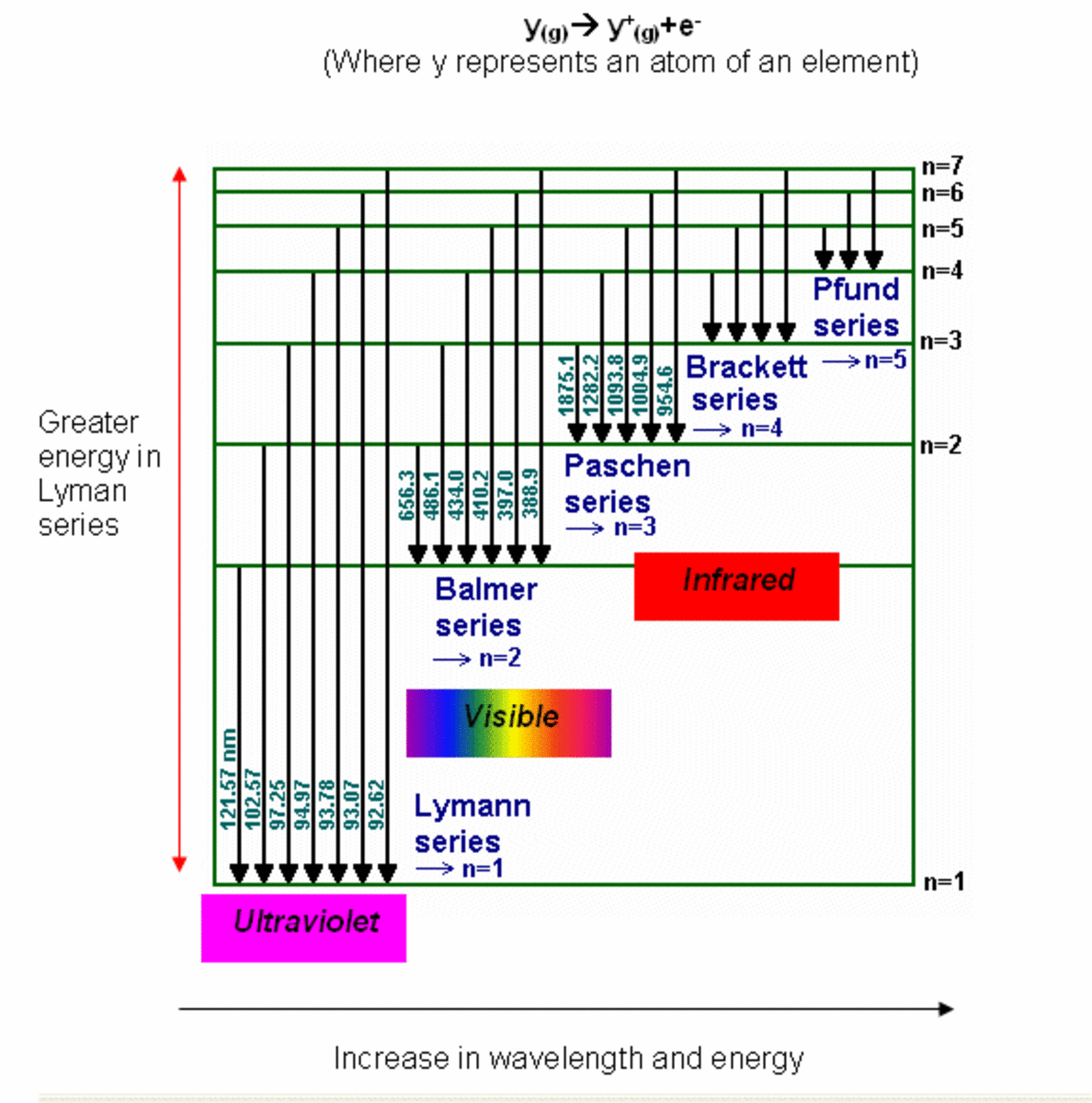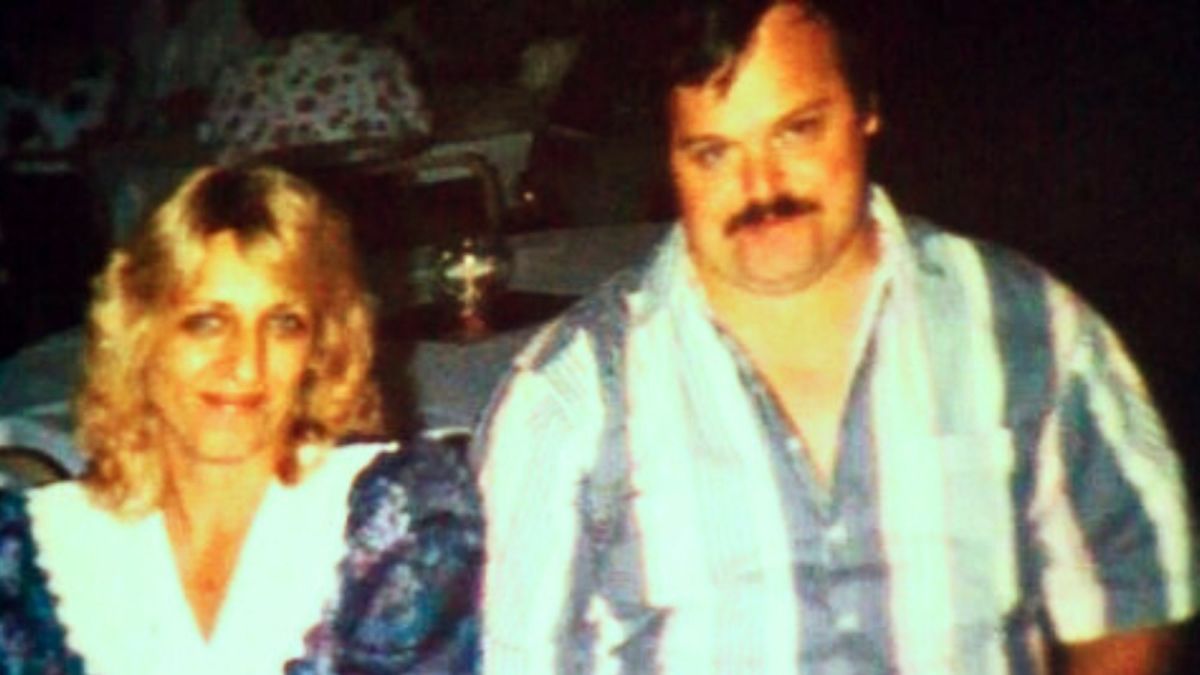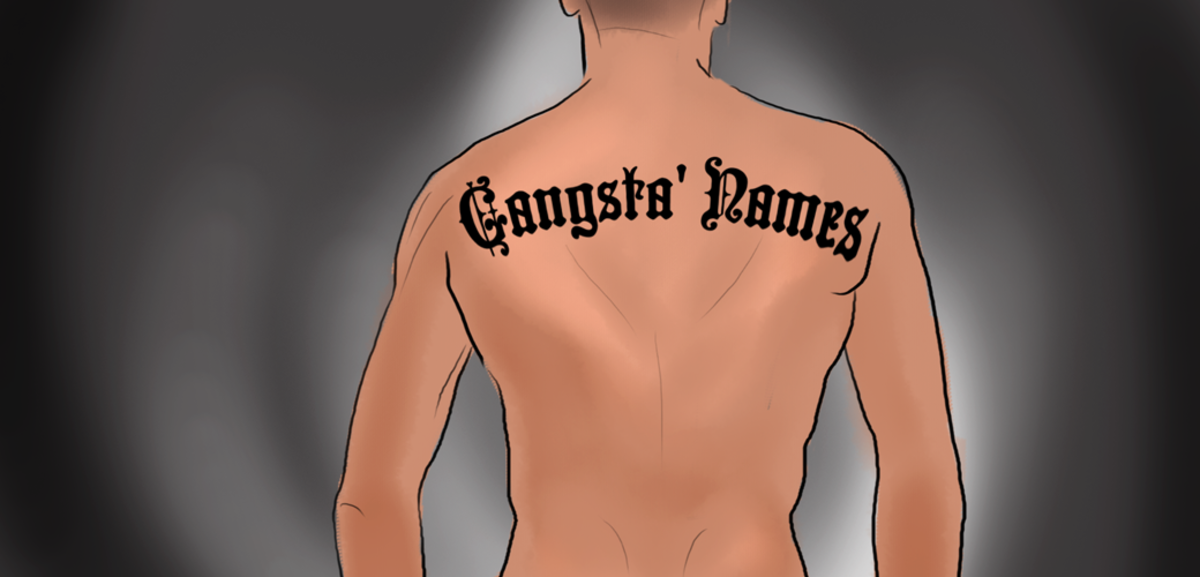Debunking Daylight Savings Time
Daylight Savings Time, and why it sucks.
Daylight Savings time is when everyone in USA(and other countries) decide to show up late for work by 1 hour, and then continue to be an hour late until regular time is restored. This change to normal time usually takes about 6 months.
I blame Gordon V. Hudson. He is a London born Kiwi(New Zealander).
The only good things to come out of New Zealand are shoe polish and bad ideas.
G.V. Hudson felt he should get to work an hour earlier so he could collect more bugs. He decided that everyone should adjust their schedules to accommodate his insect obsession. Surprisingly, politicians thought this was a good idea, and passed legislation adopting Daylight Savings Time.
So far, Hawaii and most of Arizona have come to their senses, and California and Florida are trying to eliminate the time change. Hopefully the rest of the U.S. and the world will too, and soon.
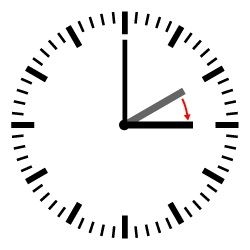
So, why change the clocks twice a year?
Initially, the idea behind changing the clocks twice a year was to enjoy more daylight and save energy. The practice was adopted in World War I. If people got up an hour earlier, closer to when the sun came up, then there would be less need for electrical lights to be used. Generally, commercial stores benefited from this, as people have more time for recreation. Farmers suffered, due to workers arriving before it was light out, or being unable to harvest wheat because the dew had not yet evaporated.
Studies have shown that light usage is about 3.5% of total amount of energy usage in the United States.
Consider this though: A single 13w compact fluorescent light bulb uses 75% less power than a normal 60w, with comparable light output(slightly lower). CFLs also last many many years instead of a few months that normal light bulbs do. LED light bulbs use about 95% less power than standard light bulbs.
Instead of worrying about a possible 1% of 3.5% total power usage (that is 0.35% power savings), lets take a big step and switch to CFLs only, or even LEDs, and get a 75% power savings on lighting.
I'm not against DST, really.
I'm not against DST, per se. I am against changing clocks twice a year. Pick Daylight Savings time or Standard Time, and stick with it.
If DST were always in effect, there would be no time change, and your sleep schedule would go undisturbed.
Americans are getting less sleep now than ever. There is no good reason to screw it up twice a year. Admittedly, the "fall back" in autumn is nice, but then we adjust. In spring we move it back an hour and have a week or two of feeling crappy.
Shopkeepers say that DST helps their bottom line, since people are out spending money. But there is only so much money to go around. If you are spending money at a shop, you aren't saving it to go on vacation. The net effect no real change.
As far as electricity, if you are up an hour earlier, you turn on your air conditioner earlier as well, which takes just as much electricity - or more - than turning on your lights later on.
So, what are the drawbacks?
Sleep not a big deal for you? How about some cold hard facts?
Energy:
A 1977 Study found a 1% change in electricity use, once reviewed, no change in energy use was found.
This was upheld in a California study in 2007
A 2008 Study in Indiana found that DST actually INCREASED energy usage by 2%
Health:
A 2008 Swedish study found an increase in heart attacks the 3 days after "spring ahead."
Sleep disruption increases Traffic Fatalities
Not getting enough sleep contributes to obesity. Obesity is a rising epidemic in America. Lets stack the deck in our favor AGAINST obesity.
The American Heart Association reports that the Monday after the time change, there is an increased incidence of heart attack and stroke.
So, what do we do?
I'm not one for a slow phasing out of DST. Pick DST or ST and stick with it!
Or compromise halfway between Daylight Savings Time and Standard Time.
Just quit bothering me while I'm trying to sleep!

